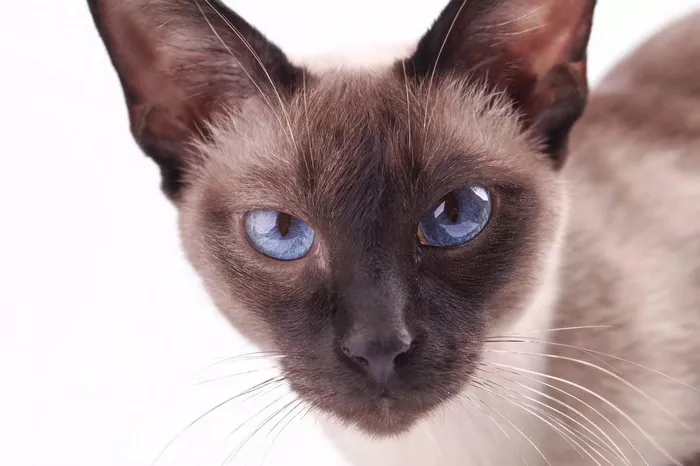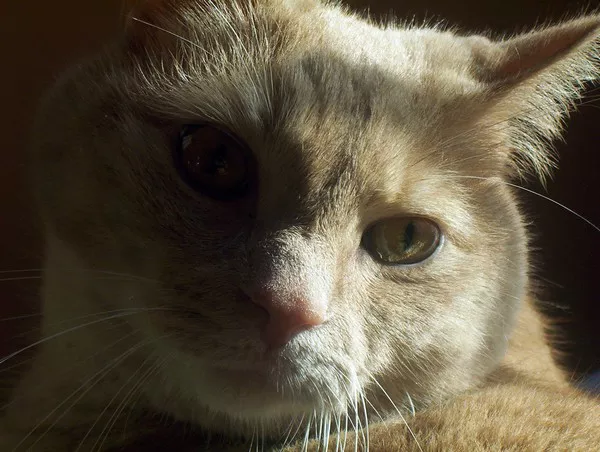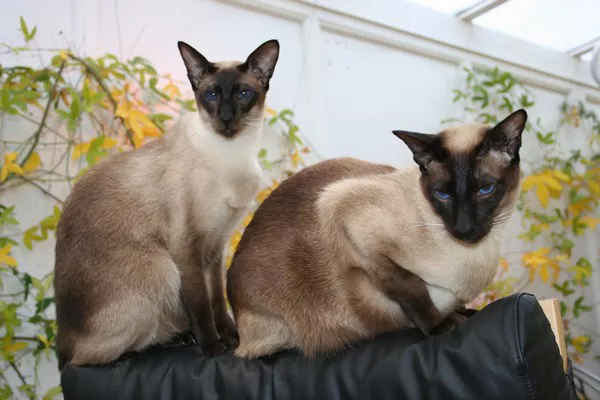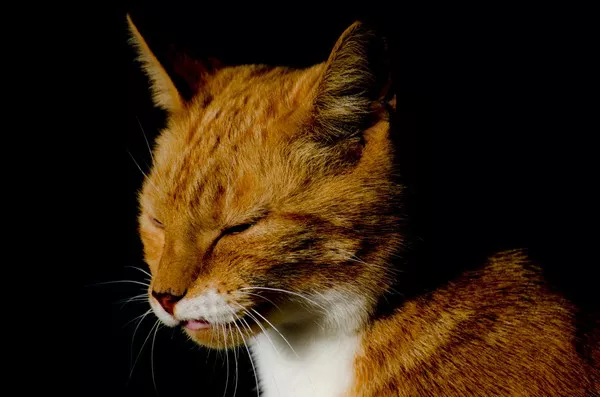Siamese cats are beloved for their sleek coats, striking blue eyes, and playful personalities. As a responsible cat owner, one of your primary responsibilities is ensuring that your Siamese cat receives a balanced and nutritious diet to support their health and well-being. In this comprehensive guide, we’ll explore how much to feed your Siamese cat, along with essential feeding tips to help you maintain their optimal health.
Understanding Your Siamese Cat’s Nutritional Needs
Before we delve into specific feeding recommendations for Siamese cats, it’s essential to understand their nutritional requirements. Like all cats, Siamese cats require a diet that provides essential nutrients, including protein, fat, carbohydrates, vitamins, and minerals, to support their overall health and vitality.
Protein: Protein is essential for maintaining muscle mass, supporting healthy growth and development, and providing energy for daily activities. Look for high-quality protein sources, such as chicken, turkey, fish, or beef, as the primary ingredients in your Siamese cat’s diet.
Fat: Fat is a concentrated source of energy and provides essential fatty acids that support skin and coat health, brain function, and immune system function. Choose cat foods that contain moderate levels of healthy fats, such as omega-3 and omega-6 fatty acids, derived from sources like fish oil or chicken fat.
Carbohydrates: While cats are obligate carnivores and do not require carbohydrates in their diet, small amounts of digestible carbohydrates can provide additional energy and fiber. Opt for cat foods that contain limited amounts of carbohydrates from sources like rice, corn, or sweet potatoes.
Vitamins and Minerals: Ensure that your Siamese cat’s diet is balanced and complete by providing adequate levels of vitamins and minerals, including vitamin A, vitamin E, calcium, phosphorus, and taurine. These nutrients are essential for maintaining overall health, supporting immune function, and preventing nutritional deficiencies.
Determining How Much to Feed Your Siamese Cat
Now that we’ve covered the basic nutritional requirements for Siamese cats, let’s discuss how to determine the appropriate amount of food to feed your feline friend:
Consider Your Cat’s Age: The nutritional needs of Siamese cats can vary depending on their age and life stage. Kittens require a diet that is higher in calories, protein, and essential nutrients to support their rapid growth and development. Adult Siamese cats require a balanced diet that helps maintain their ideal body condition and energy levels. Senior cats may have different dietary needs, such as lower calorie and protein levels to support their aging bodies.
Assess Your Cat’s Weight: Monitor your Siamese cat’s body condition regularly to ensure that they maintain a healthy weight. Use a body condition scoring system to assess your cat’s body condition and adjust their feeding accordingly. A Siamese cat at a healthy weight should have a visible waist when viewed from above, and you should be able to feel their ribs without excess fat covering.
Follow Feeding Guidelines: Most commercial cat foods provide feeding guidelines on the packaging based on your cat’s weight and age. These guidelines can serve as a starting point for determining how much to feed your Siamese cat. However, keep in mind that individual cats may have different metabolic rates and activity levels, so it may be necessary to adjust the portion size to meet your cat’s specific needs.
Monitor Portion Sizes: Divide your Siamese cat’s daily food allowance into multiple smaller meals throughout the day to prevent overeating and promote healthy digestion. Avoid free-feeding or leaving food out constantly, as this can lead to overeating and weight gain.
Feeding Tips for Siamese Cats
In addition to determining how much to feed your Siamese cat, here are some essential feeding tips to help you maintain their optimal health and well-being:
Choose High-Quality Cat Food: Select a high-quality cat food that is specifically formulated to meet the nutritional needs of Siamese cats. Look for products that feature real meat as the primary ingredient and avoid foods that contain artificial preservatives, colors, or flavors.
Provide Fresh Water: Ensure that your Siamese cat has access to fresh, clean water at all times to support proper hydration and kidney function. Consider using a cat water fountain to encourage drinking, especially if your cat is reluctant to drink from a still water bowl.
Monitor Treats and Table Scraps: Limit the amount of treats and table scraps you give to your Siamese cat, as these can contribute to weight gain and nutritional imbalances. Stick to healthy, cat-friendly treats in moderation, and avoid feeding your cat foods that are high in fat, salt, or sugar.
Gradual Transitions: If you need to switch your Siamese cat to a new diet, do so gradually over the course of several days to prevent digestive upset. Mix a small amount of the new food with their current food and gradually increase the proportion of the new food while decreasing the old food.
Regular Veterinary Check-Ups: Schedule regular veterinary check-ups for your Siamese cat to monitor their overall health and well-being. Your veterinarian can provide personalized feeding recommendations based on your cat’s age, weight, activity level, and any underlying health conditions.
Conclusion: Nourishing Your Cat for a Lifetime of Health and Happiness
In conclusion, providing a balanced and nutritious diet is essential for maintaining the health and well-being of your Siamese cat. By understanding your cat’s nutritional needs and following feeding guidelines, you can ensure that they receive the essential nutrients they need to thrive.
Remember to monitor your Siamese cat’s body condition regularly, adjust their portion sizes as needed, and provide plenty of fresh water and healthy treats. With proper nutrition and care, your Siamese cat can enjoy a long, healthy, and happy life by your side.

























